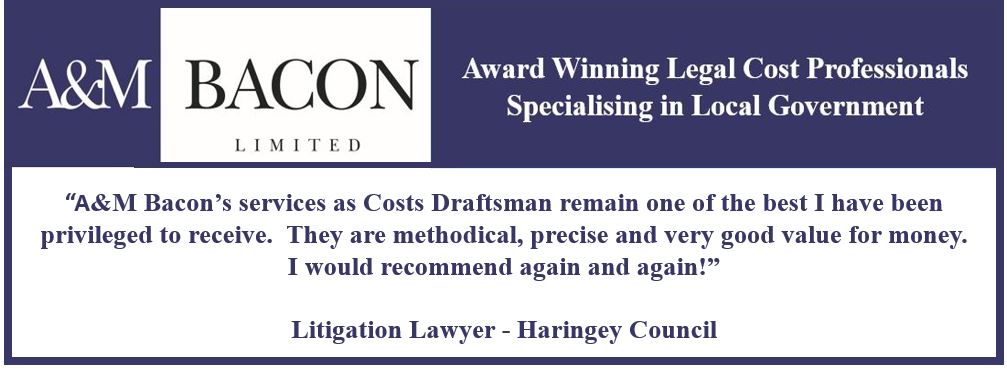New dwellings: 4 year or 10 year rule?
 Izindi Visagie analyses the options for planning authorities to take enforcement action where outbuildings are built as dwellinghouses.
Izindi Visagie analyses the options for planning authorities to take enforcement action where outbuildings are built as dwellinghouses.
The landmark Supreme Court case of Welwyn Hatfield BC v Secretary of State for Communities and Local Government in 2011, confirmed the principle that property owners who had deliberately concealed planning breaches from local planning authorities, were not able to benefit from the 4-year limitation period as set out in s.171B(1) and (2) Town and Country Planning Act 1990.
This was an important decision for planning enforcement officers as it confirmed they could take action against property owners who had deliberately attempted to deceive them and prevent such owners from benefiting from their wrongdoing (the so-called ‘Connor’ principle).
However, a lesser-known consequence of the Welywn Hatfield case is that, where a property is built as a dwelling, the time period for taking enforcement action against the material change of use of the land (as distinguished from the construction of the dwelling) is 10 years, irrespective of whether there has been concealment.
The magic is in the wording of the time limits set out in s171B of the Town and Country Planning Act 1990 (“TCPA”), best explained by example.
In our practice, we come across scores of cases where outbuildings are constructed as dwellinghouses for rental purposes. Due to large caseloads and the difficulty that outbuildings used as, say, gyms and outbuildings used as dwellings often look similar from the outside (and were it not for the fact that an outbuilding was constructed with a kitchen and bathroom, the outbuilding would have been permitted development) it frequently happens that 4 years pass before a local authority is in a position to take action against the construction of an outbuilding with primary living accommodation.
Pursuant to s171B(1) of the TCPA the time limit for operational development is 4 years from the date of substantial completion. Under s171B(1) the construction of the outbuilding built as a dwelling is therefore immune from action 4 years after substantial completion. The option to seek removal of the outbuilding is therefore lost at that time.
But might we settle for cessation of use as a dwelling, rather than removal of the outbuilding? Section 171B(2) TCPA provides:
“Where there has been a breach of planning control consisting in the change of use of any building to use as a single dwellinghouse, no enforcement action may be taken after the end of the period of four years beginning with the date of the breach.” (emphasis added)
On the face of it, this section may be interpreted to mean that there is a 4 year time limit on attacking the use as a dwellinghouse and therefore, in our example above, the local authority would be out of time to take any enforcement action at all. To have any chance of enforcement, the authority would need to demonstrate that use was not continuous.
Welwyn Hatfield appears to offer another option. Where a property has been built as a dwelling, there has not been a change of use of the building; it was specifically built as a dwelling. Note that this section specifically refers to the change of use of a building, not of the land. Also, the section refers to a ‘change of use’, not a ‘use’ of any building as a dwellinghouse. Applied to our example, this section is not relevant as there has not been a change of use of a building.
So, in terms of time limits, that leaves 171B(3) which says:
“In the case of any other breach of planning control, no enforcement action may be taken after the end of the period of ten years beginning with the date of the breach.”
This means that in our example, where an outbuilding was constructed as a dwellinghouse more than 4 years ago (but less than 10), we are able to take action against the material change of use of the land on which the outbuilding has been constructed, to use as a single dwellinghouse, on the basis that it constitutes ‘any other breach of planning control’.
There is however an important proviso on which Lord Mance comments at par. 17 of the Welwyn Hatfield judgment:
“once a planning authority has allowed the four year period for enforcement against the building to pass, principles of fairness and good governance could, in appropriate circumstances, preclude it from subsequently taking enforcement steps to render the building useless.”
It would serve a local authority to consider this point prior to utilising the 10-year rule to take action against new dwellings. However, in the case of outbuildings, it is arguable that taking action against an outbuilding would not be against fairness and good governance as an outbuilding could still be used for purposes ancillary to the main dwelling.
Izindi Visagie is the founder of Ivy Legal. She can be contacted on 0203 009 3237 or This email address is being protected from spambots. You need JavaScript enabled to view it..



